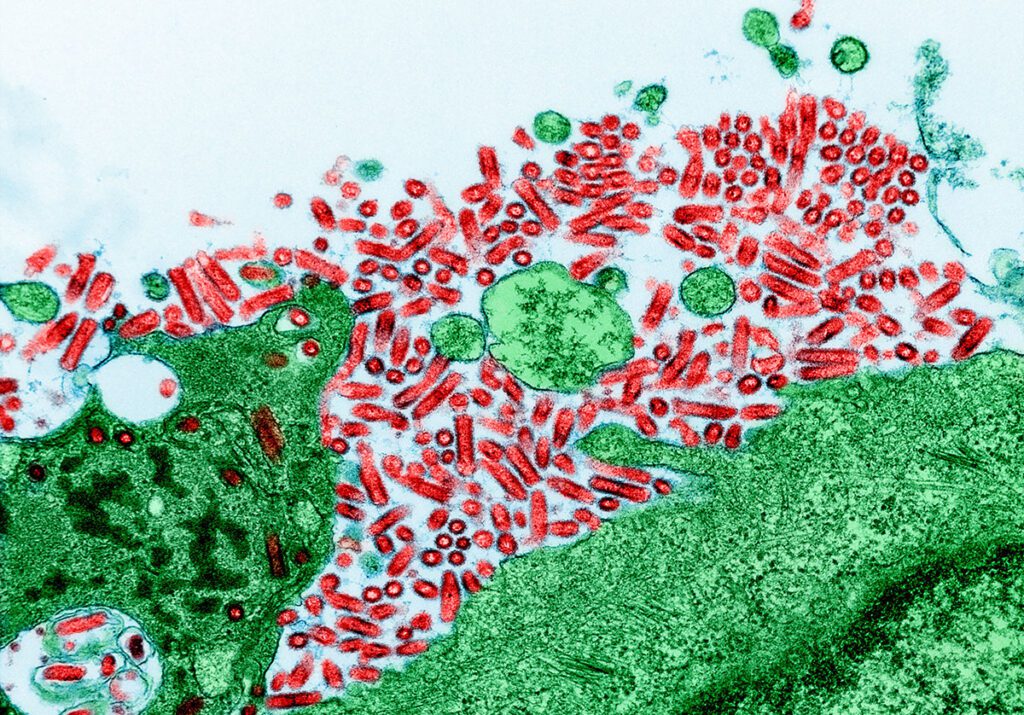A recent review in PLOS Neglected Tropical Diseases offers a timely synthesis of global rabies control strategies, emphasizing the transformative potential of the One Health approach. The study, supported by Chinese national and local research grants, details the challenges and innovations shaping rabies prevention—particularly in China—and underscores the global urgency of eliminating dog-mediated human rabies deaths by 2030. With over 59,000 deaths annually, mostly in low-income settings and among children, rabies remains a public health injustice—one that is entirely preventable with sustained effort.
One Health in Action: From Global Goals to Local Models
The One Health framework—integrating human, animal, and environmental health—has emerged as a cornerstone of rabies control. The authors highlight how international bodies such as WHO, FAO, and WOAH have galvanized support for a 2030 target. But the key to success lies in how these strategies are implemented locally.
A compelling example is the Baiyun District in Guangzhou, China, which developed a cross-sectoral “Baiyun Model” for rabies response. After a suspected human case in 2023 involving a stray-infected cat, public health officials, hospitals, veterinary services, and community organizations collaborated rapidly to contain the threat. Measures included emergency vaccination campaigns, public education, laboratory testing, and coordinated data-sharing. The case illustrated not only the effectiveness of multisectoral coordination but also highlighted blind spots in animal surveillance—particularly for cats, often overlooked in canine-centric rabies programs.
Core Interventions: Vaccination, Surveillance, and Access to Treatment
Dog vaccination remains the single most effective strategy for interrupting rabies transmission. Achieving 70% coverage is the critical threshold, but coverage remains inconsistent in many low- and middle-income countries due to logistical and financial barriers. The review cites Bhutan’s experience, showing that mass dog vaccination is far more cost-effective than post-exposure treatment alone. While culling may seem like a quick fix, it is ethically fraught and epidemiologically ineffective.
Meanwhile, access to timely post-exposure prophylaxis (PEP) remains uneven. Although newer vaccine technologies—including mRNA candidates—are advancing, affordability and availability of rabies immune globulin (RIG) still limit treatment in resource-constrained settings. Innovations such as single-visit pre-exposure prophylaxis and intradermal regimens offer promising avenues to expand access.
The researchers also stress the importance of strengthening diagnostics and surveillance systems. Tools like Truenat RT-PCR and mobile-based data collection platforms offer more accurate case detection and real-time reporting, particularly in rural areas. Enhanced laboratory capacity is critical not only for human diagnosis but also for tracking rabies in animals—especially at the wildlife-livestock-human interface.
Why Rabies Elimination Matters for Everyone
Though rabies disproportionately affects impoverished and rural communities, the public health and economic impacts ripple far wider. Dog-mediated rabies causes tens of thousands of preventable deaths each year, places enormous burdens on healthcare systems, and imposes indirect costs from lost productivity, travel for treatment, and animal culling. Just as COVID-19 revealed the global consequences of overlooking zoonotic diseases, rabies elimination represents a measurable, achievable goal that can build trust, save lives, and strengthen pandemic preparedness.
In national security terms, rabies control at borders and among animal populations also helps prevent transboundary spread. China’s proximity to 14 high-risk neighbors underlines the importance of coordinated surveillance and emergency response mechanisms. As Zha et al. note, geopolitical boundaries don’t stop viruses—but smart, collaborative health systems can.
Closing Gaps: Data, Education, and Coordinated Action
A persistent challenge in rabies control is underreporting. Without reliable data, it is difficult to target interventions or measure progress. The authors recommend robust data collection and cost-effectiveness modeling to guide decision-making and justify resource allocation. Public awareness campaigns—like those led by the United Against Rabies Forum—remain essential, especially in rural and underserved areas.
Educational and training initiatives, such as those by the Pasteur Institute and regional networks like PARACON and ASEAN, are building critical capacity among health and veterinary professionals. Combined with government leadership and community engagement, these efforts form the scaffolding for sustainable elimination programs.
From Prevention to Elimination
Rabies is one of the few diseases that is both universally fatal and universally preventable. The review by these scientists makes clear that the elimination of dog-mediated human rabies deaths is achievable—but only if we act decisively and collaboratively. China’s experience, especially at the subnational level, shows what is possible with a One Health approach. The lessons are clear: invest in dog vaccination, improve access to PEP, build strong surveillance systems, and ensure community involvement.
Eliminating rabies by 2030 is not just a technical goal—it’s a test of our collective will to prevent needless suffering and protect global health.
Zha R, Lu J, Chen J, Guo C, Lu J. Exploring one health-based strategies for rabies elimination: Overview and future prospects. PLOS Neglected Tropical Diseases. 18 June 2025.


